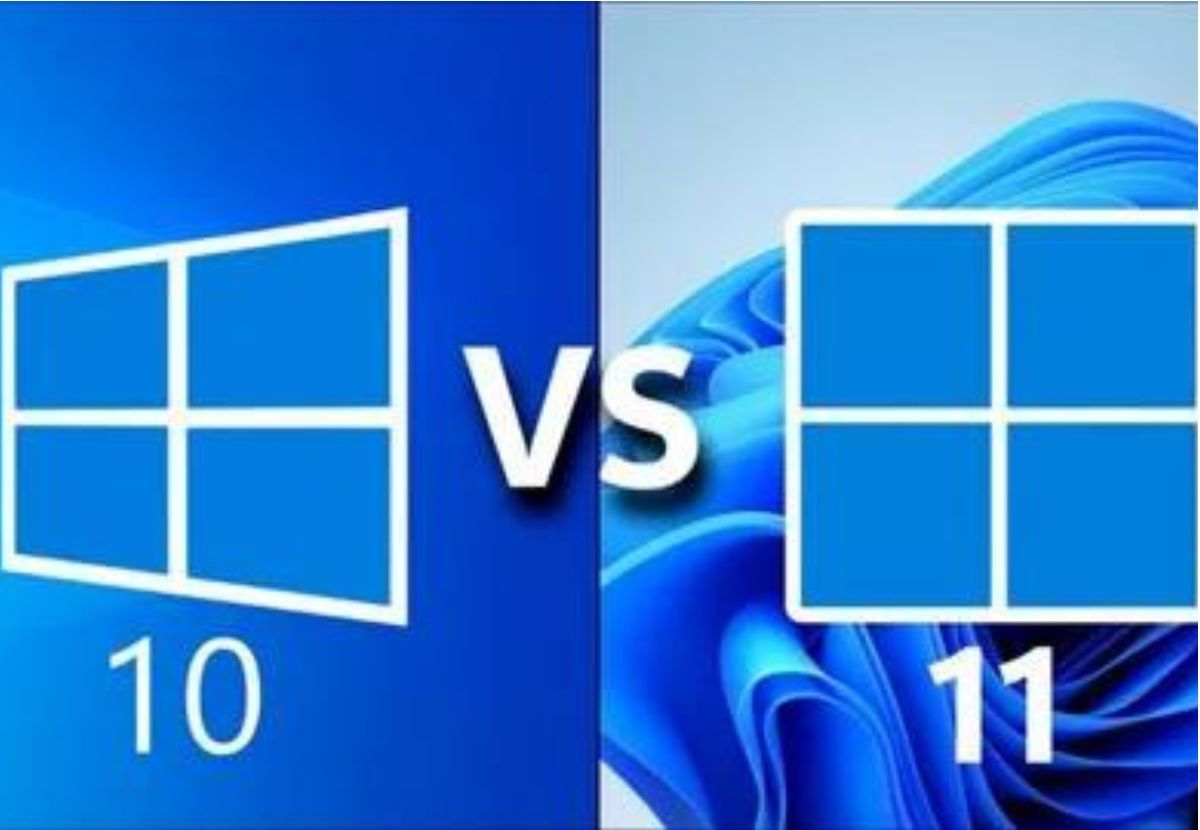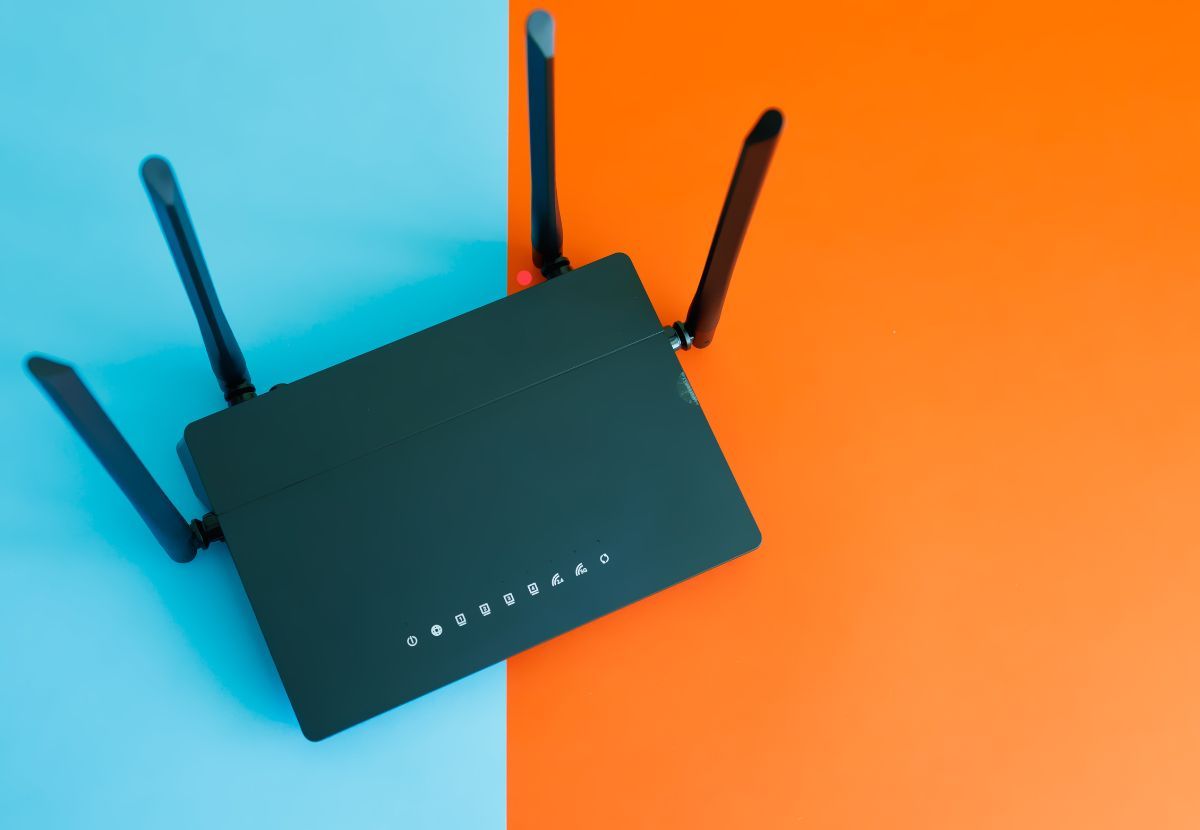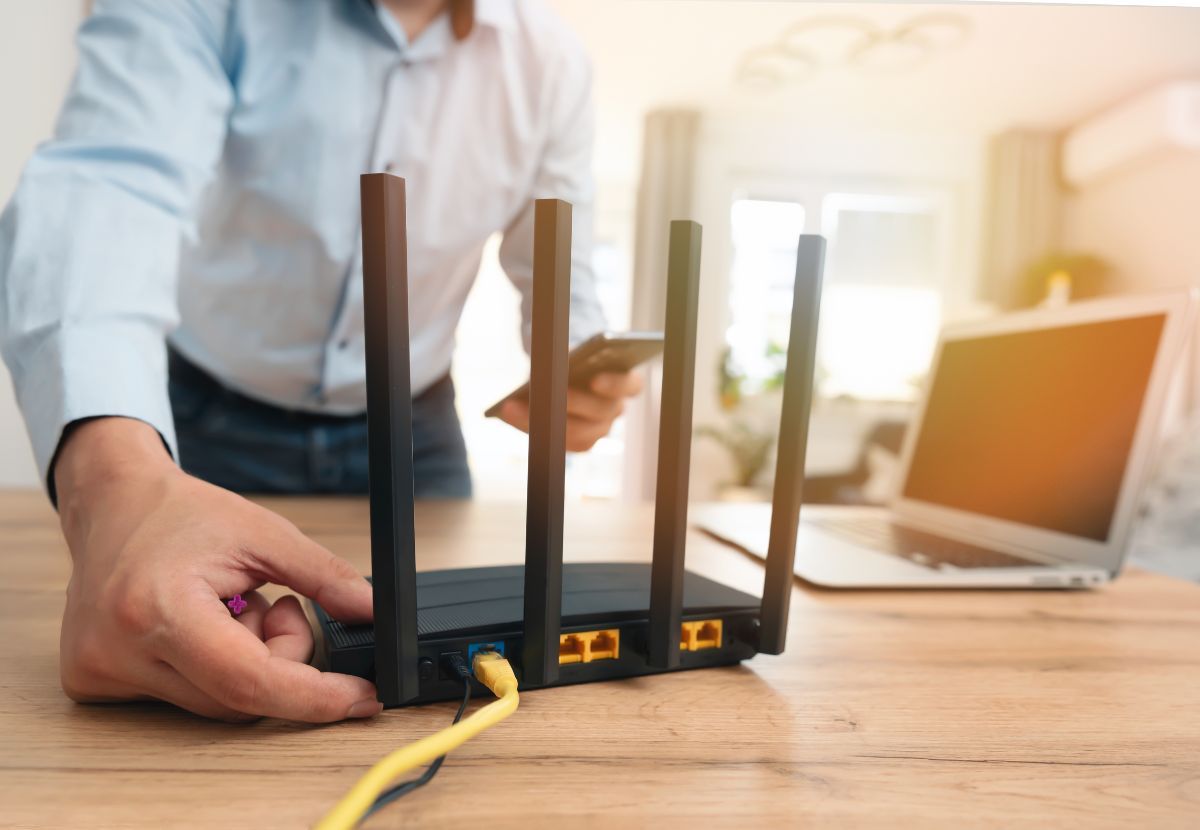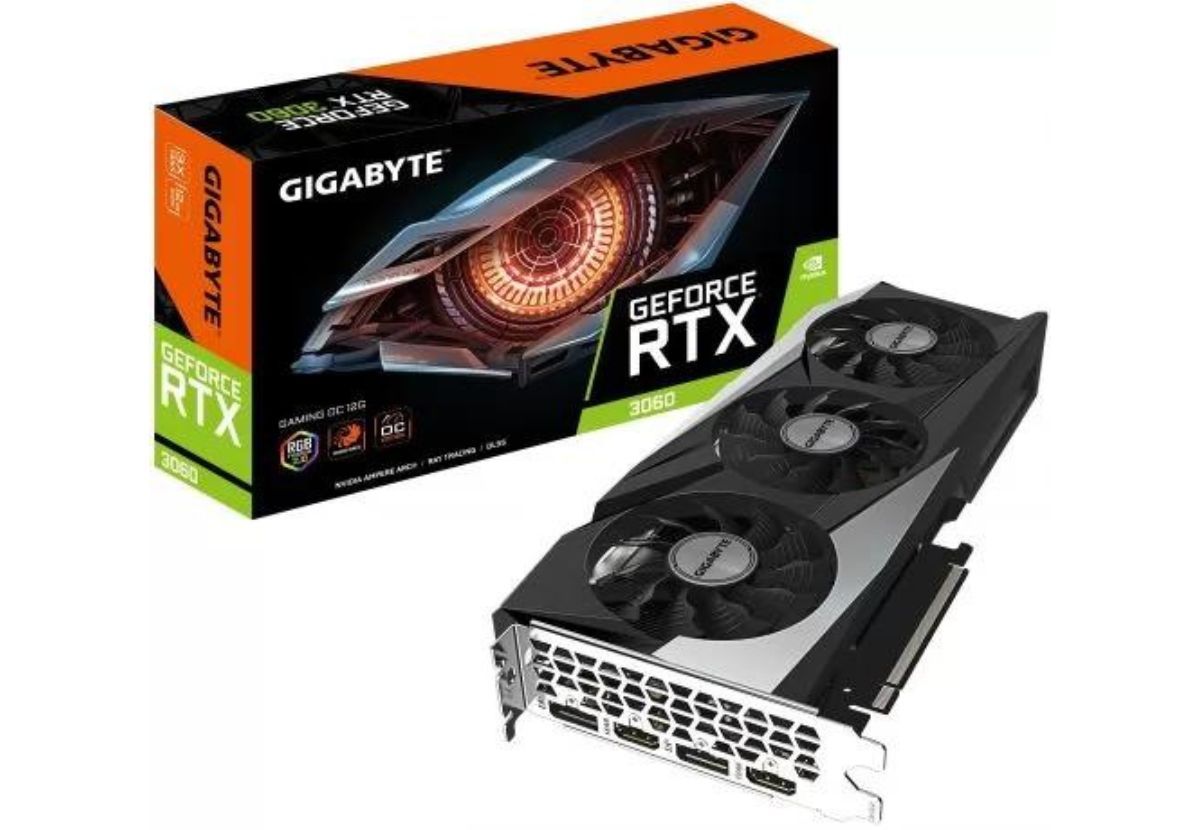
The GPU market is a dynamic ecosystem, with groundbreaking technologies introduced regularly. Intel's foray into dedicated GPUs marks a significant move that could reshape the industry. The Intel Arc A750 vs RTX 3060 represents Intel's commitment to providing a third contender alongside Nvidia and AMD — a testament to the vigor of competition in the space.
On the opposite corner, the Nvidia RTX 3060 has already established a strong presence, offering a balance of performance, features, and affordability that has cemented it as a favorite amongst gamers with mid-range budgets.
Intel Arc A750
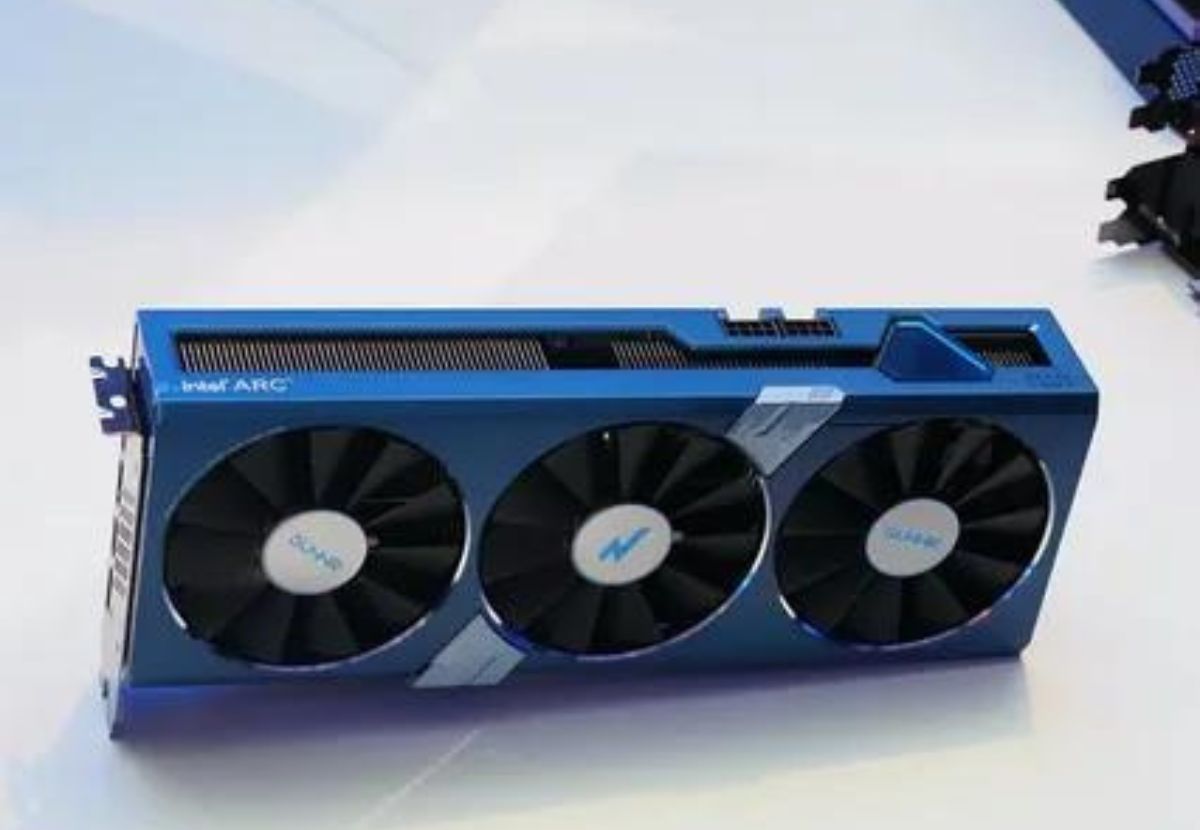
Intel's Arc A750 boasts a formidable set of specifications promising competitive performance. With an innovative architecture, the A750 is designed to support ray tracing and AI capabilities, signaling Intel's determination to deliver a versatile GPU for different applications.
Its core counts, memory bandwidth, and the specific features that enhance its performance over its Intel-integrated counterparts are key to note. Intel's first independent graphics architecture in over two decades brings in a lot of technological advancements that deserve a deeper look.
Nvidia RTX 3060
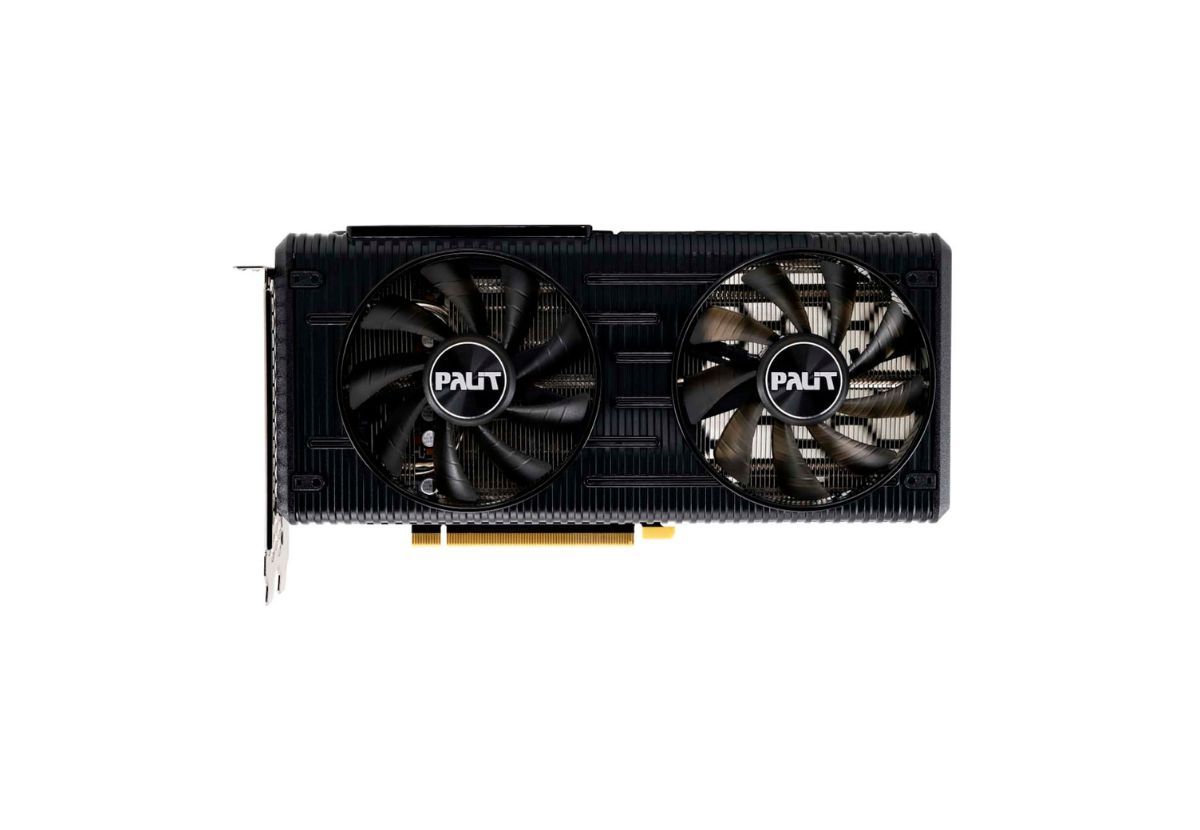
The RTX 3060, powered by Nvidia's Ampere architecture, is not underestimated. With its established tech backbone, the RTX 3060 inherits cutting-edge features like DLSS (Deep Learning Super Sampling) and real-time ray tracing, promising a remarkable gaming experience.
Core count, memory type and capacity, and clock speeds form the pillars of the RTX 3060's arsenal. The widely acclaimed Ampere architecture, seen in flagship models, ensures that the RTX 3060 isn't a cut-down compromise but a powerhouse.
FPS Benchmarks
How does the Intel Arc A750 perform when you're tear-passing through the wilds of Witcher 3 at 1440p? And when you switch gears to the frenetic first-person firefights in Call of Duty at 1080p, how does it hold up? We won't stop at mere frame rates; we'll also look into the stability and consistency of performance, which, in online multiplayer arenas, can mean the difference between victory and respawn.
Ray Tracing and AI-enhanced Features
The Intel Arc A750's debut with ray tracing is a significant step into realism. But does it match the quality and efficiency of the Nvidia RTX series? Furthermore, AI-super resolution and shadows add a layer of fidelity that could sway the choice of the discerning gamer.
Content Creation and Other Applications
It's not all about gaming. We'll test both GPUs in tasks related to content creation, video editing, and even software that relies on GPU acceleration. This section offers a holistic view, catering to those who use their GPUs for a diverse range of activities.
Power Consumption
A GPU that sips power judiciously while delivering performance is a dream for many enthusiasts. We'll measure the power draw of both cards under different loads to understand where they stand regarding energy efficiency.
Thermal Performance
The other side of the power-temperature coin is thermal management. How well do the GPUs handle the heat, and what aftermarket options are available for users who plan to push their hardware to the limits?
Stock Performance
While out-of-the-box performances are impressive, what's more exciting is the headroom for enthusiasts to play around with settings and squeeze out even more power.
Overclocked Performance
We'll push the limits and see how far we can take each GPU without risking the system's stability. By doing so, we can assess whether one card offers a more substantial yield over the other when milked for every hertz it can deliver.
Stability and Longevity
But it's a balancing act. Push the clocks too high; you might have an overheated card or a shortened lifespan. Discover the sweet spots for each GPU that offer a performance boost without compromising the system's stability.
Initial Purchase Price
The upfront cost of the GPUs can be a major deciding factor for most buyers. We'll look at the price differential, remembering that more is sometimes better if the extra performance doesn't justify the added expense.
Cost-Per-Frame
Looking beyond the price tags, we will calculate the cost of each frame rendered to determine which GPU offers a better value proposition.
Long-Term Value
Investments in high-quality hardware should be evaluated in the long term. We consider factors like warranty, community, and manufacturer support, and the potential resale value of the GPUs down the line.
User Experience and Community Feedback
A GPU's worth is also determined by the experiences of those who wield it. We'll scour the web for user reviews, forum discussions, and social media to capture the general sentiment towards both GPUs.
Real-World Performance Anecdotes
From professional gamers to casual enthusiasts, we'll tap into myriad user experiences to paint a collective picture of how each GPU fares in the real world.
Conclusion
Intel arc a750 vs rtx 3060 With both GPUs stripped down and compared in every aspect, we will provide a nuanced recommendation for different user needs. One GPU might edge out the competition if you're looking to enhance your gaming experience, push your content creation limits, or build a future-proof system.
Also See>>>>>>> Topicarea
FAQs
What distinguishes the Intel Arc A750 from the Nvidia RTX 3060?
The Intel Arc A750 marks Intel's bold entry into dedicated GPUs, featuring cutting-edge architecture designed for ray tracing and AI enhancements. It stands out with its unique core counts and memory bandwidth. On the other hand, the Nvidia RTX 3060, powered by the Ampere architecture, brings proven performance with features like DLSS and real-time ray tracing. Both cards cater to different aspects of gaming and content creation needs.
Can the Intel Arc A750 handle games as well as the RTX 3060?
Performance in gaming is closely matched, with each GPU excelling in different scenarios. The Intel Arc A750 demonstrates strong potential in ray tracing and AI-enhanced features. Meanwhile, the RTX 3060 provides a remarkable gaming experience across various genres, utilizing Nvidia's established technologies like DLSS for superior frame rates and image quality.
How do these GPUs compare in terms of power efficiency and thermal performance?
Energy efficiency is a crucial factor for many users. Our comprehensive benchmarks indicate that both GPUs have their merits regarding power consumption under load, with the RTX 3060 showing slight advantages in efficiency. Regarding thermal performance, both GPUs effectively manage heat, but preferences for aftermarket cooling solutions might tip the balance for enthusiasts pushing their cards to the limits.
Which GPU is better for content creation and software acceleration?
Both GPUs perform admirably in non-gaming tasks such as content creation, video editing, and software that benefits from GPU acceleration. However, the Nvidia RTX 3060 might have a slight edge due to its mature ecosystem and software optimizations embraced by various creation tools.
Is there a significant price difference between the Intel Arc A750 and the RTX 3060? How does it affect their value proposition?
Price-to-performance ratio is a critical consideration for buyers. While the RTX 3060 has been available longer and its pricing has stabilized, the Intel Arc A750 enters the market with competitive pricing, challenging Nvidia's position. The value proposition of each card will depend on the specific needs & preferences of the user, including game performance, content creation, and power efficiency.
How do these GPUs stand on overclocking capabilities and stability?
Both GPUs offer promising headroom for enthusiasts looking to overclock. Our tests reveal that the Intel Arc A750 and RTX 3060 maintain stability up to a point, with the RTX 3060 offers slightly better-overclocked performance due to Nvidia's extensive experience in this area. However, both cards present a good balance between stock and overclocked performance.
What's the verdict? Which GPU should I choose?
Choosing between the Intel Arc A750 and Nvidia RTX 3060 comes down to individual priorities and use cases. If you're intrigued by Intel's entry into the GPU market and are keen on exploring the benefits of AI and ray tracing features, the A750 offers a fresh alternative. For those who value established performance, broad compatibility, and Nvidia's ecosystem, the RTX 3060 remains a strong contender. Ultimately, both GPUs provide compelling options for gamers and creators alike.
How can I RSVP for a VIP viewing of the GPUs?
To secure an exclusive VIP viewing of the Intel Arc A750 and Nvidia RTX 3060, please contact The Rubenstein Group directly through email or phone. Our team is ready to provide personalized insights and help you choose the GPU that best fits your needs.







